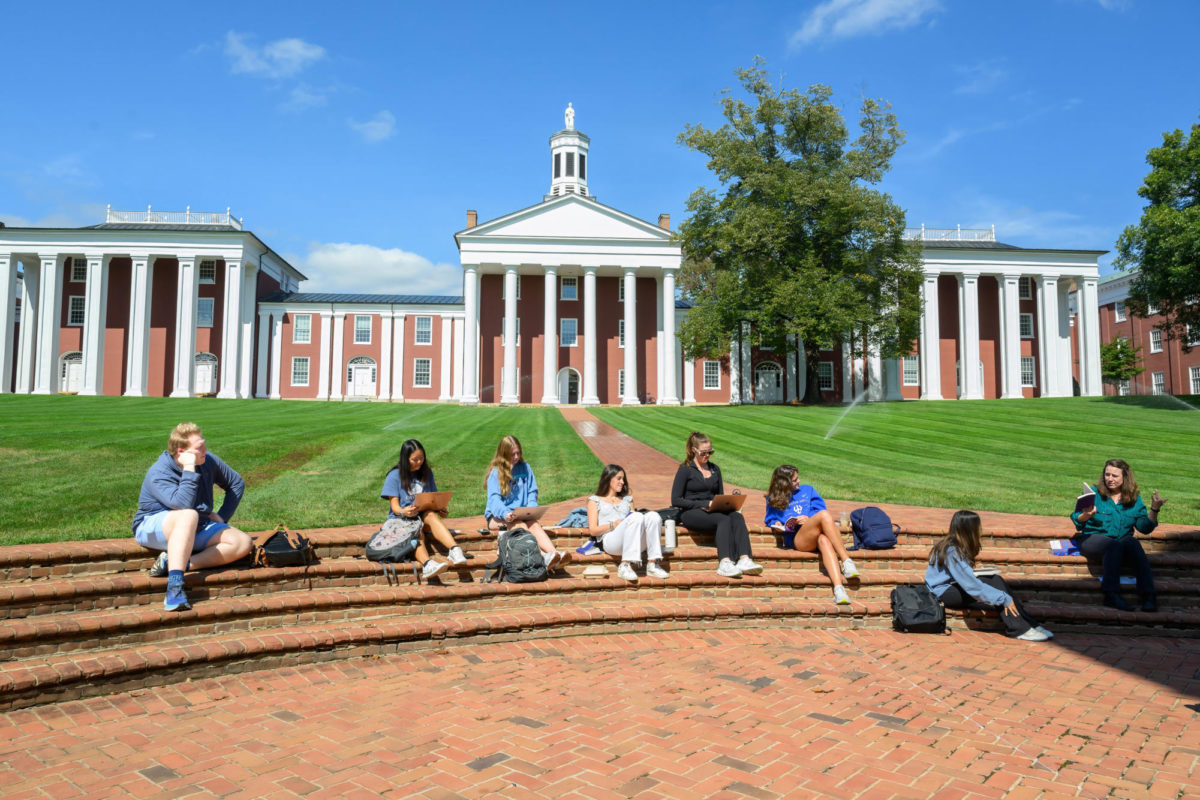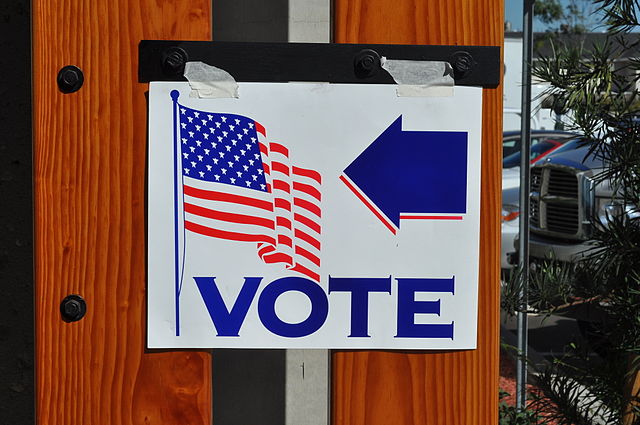With one month of the fall semester officially in the books, the focus of many students will invariably turn toward their grades and academic performance. Undoubtedly, there are many of us who are fretting over the same things. Midterms are creeping up at an unseemly pace, you still haven’t cracked open a book we were supposed to have finished weeks ago, and that research paper is staring you down with an increasing intensity. While some may be flourishing and others floundering, it can be said that students in general at W&L have far less cause to worry about their academic performance than they did 5, 10, or 15 years ago. Though we might be inclined to say that is because we Gen Zers possess an unprecedented level of intelligence, a cursory glance at TikTok and Instagram reels will quickly dispel that notion. No, the culprit is a far broader phenomenon in the academic world—grade inflation.
One look at the Washington and Lee class ranks over the past 20 years reveals what has been known anecdotally for years: it is getting harder to do poorly in school. In 2003, the earliest year for which we have detailed records available, 40% of students had a GPA below 3.1. This past spring, only 5% of students were below that mark. Not only has the floor gotten higher, but a rising tide has lifted all ships; in 2003 the median GPA was 3.244, nowadays it is 3.687. What has caused this? What does this mean? And who does this actually affect the most?
One could trace numerous pathways back in time to understand and analyze the rise of the rise of grades. Firstly, one could say that the rise is attributable to the kind of “achievement society” in which we live today; the pressure to succeed is higher than ever and universities, operating as economic actors as much as bastions of learning, realize that they can sell their university as being a package deal of a diploma and sterling grades. Additionally, one could say that in a society that now awards participation trophies to kids starting at little league baseball, the trend has culminated in higher education—the last stop before the real world, where you can be coddled before entering the workforce and its harsher judgments. Whatever the true cause may be, it is clear that the breadth and extent of grade inflation indicates a broader social cause underlying it.
More important, perhaps, than the cause of grade inflation are its effects. Imagine yourself, for a moment, as an employer scouring resumes for prospective hires; you come across two resumes that are similar in quality save for one exception—school and GPA. You have a student who graduated from Harvard with a 3.8 GPA (as more than 75% of students do), and you have a student who graduated from a respectable, mid-level state school with a 3.7. If you are honest with yourself, you know fair well that you will pick the student from Harvard every single time. It doesn’t matter if students from state schools—which by and large have been more reticent to ease up on stern grading—actually deserve their A’s and A minuses more than the Harvard hotshot who breezed through classes. Reputation matters.
Consequently, there are two essential impacts of grade inflation. There is the rise of a two-tiered pathway to success in the United States, one in which students with merit who are constrained by circumstance are leapfrogged by, in many cases, less deserving candidates. This kind of gatekeeping also serves to perpetuate a kind of insular elite thought and communication; after all, the content and ideologies of elite schools are a far cry from the discipline-focused teachings of more accessible institutions. This creates a system in which fissions between education are created—even between individuals who have both acquired the same degree! Future employers, the academic community, and students in general should recognize this pervasive trend. Everyone at W&L can relate to the experience of having a notoriously tough professor and being jarred by an initial bad grade on a paper. There is no greater feeling than rebounding from that; the satisfaction of finally getting that A with the knowledge that it really meant something. Grade inflation makes us expect A’s and take them for granted. We should restore that value of an A, not dilute it further.








